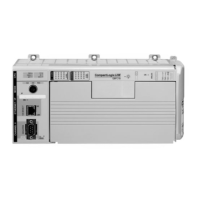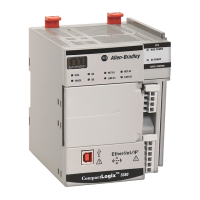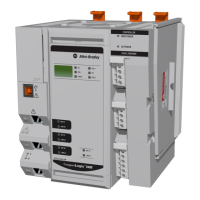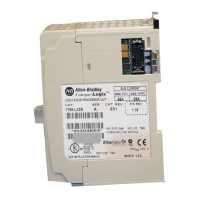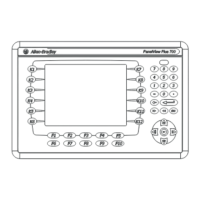
Do you have a question about the Allen-Bradley 1769-L32E CompactLogix 5332E and is the answer not in the manual?
| Catalog Number | 1769-L32E |
|---|---|
| Power Supply Voltage | 24V DC |
| Product Type | Controller |
| I/O Capacity | 30 I/O modules |
| I/O Modules | Digital, Analog, Specialty |
| Ethernet Ports | 1 |
| Operating Temperature Range | 0°C to 60°C |
| Weight | 0.9 kg |
Explains adding modules to the I/O Configuration folder and common configuration options.
Covers RPI, communication formats, connection types (direct/rack-optimized), and module ownership.
Details Exact Match, Compatible Module, and Disabled Keying options for communication.
Describes I/O addressing format and the technique for buffering I/O data.
Introduces tags as alphanumeric names for addressing data in Logix5000 controllers.
Explains tag types (Base, Alias, etc.) and common data types and structures.
Covers tag scope (controller/program), naming guidelines, and tag creation procedures.
Details how to create and configure arrays and user-defined data types.
Explains using aliases, indirect addressing, and expressions for tag manipulation.
Describes tag documentation types and options for project-level documentation.
Introduces forcing as a method to override logic for testing or temporary operation.
Highlights critical safety warnings and precautions when using I/O forcing.
Details how to enable, disable, or remove I/O and SFC forces at the controller level.
Explains how to check force status and when it is appropriate to use I/O forces.
Describes procedures for forcing input values and output values.
Introduces tag attributes (External Access, Constant) for controlling data access.
Explains the External Access attribute, its options, and configuration methods.
Covers viewing status, handling disabled states, and finding base tags for aliases.
Details how to designate tags as constants and discusses availability and considerations.




